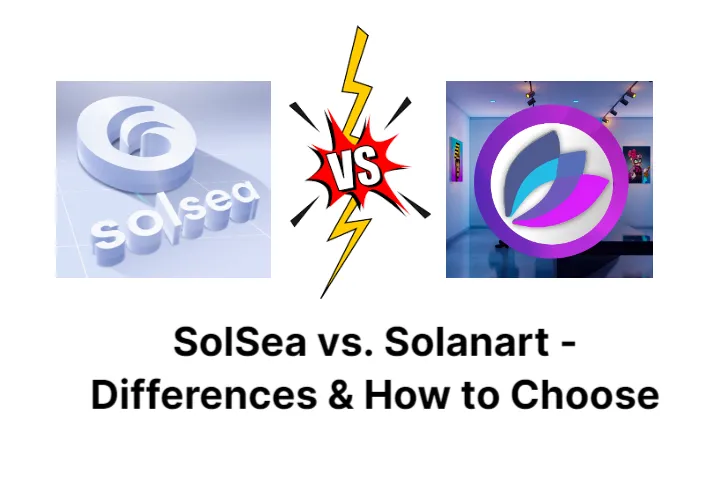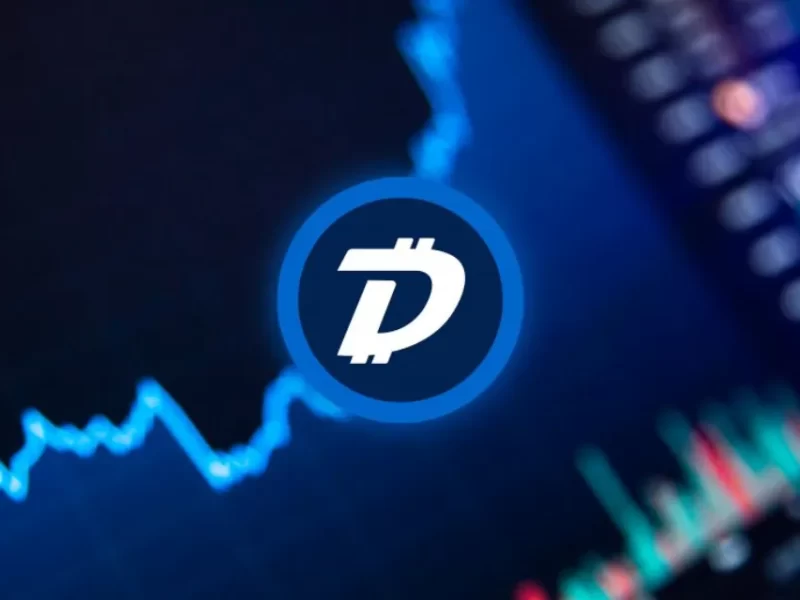Which NFT market is the most dependable? Which blockchain network is used to deploy an NFT or NFT collection is the more important difference between Solsea and Solanart.
The most well-known NFT marketplace on the Solana blockchain is Solanart. It enables producers and collectors to mint, sell, and purchase Solana-based NFTs on the forum.
Solsea and Solanart have received both positive and negative reviews as a result of various factors. In the end, this led to the creation of an independent platform for listing, selling, and trading non-fungible tokens.
What is Solsea?
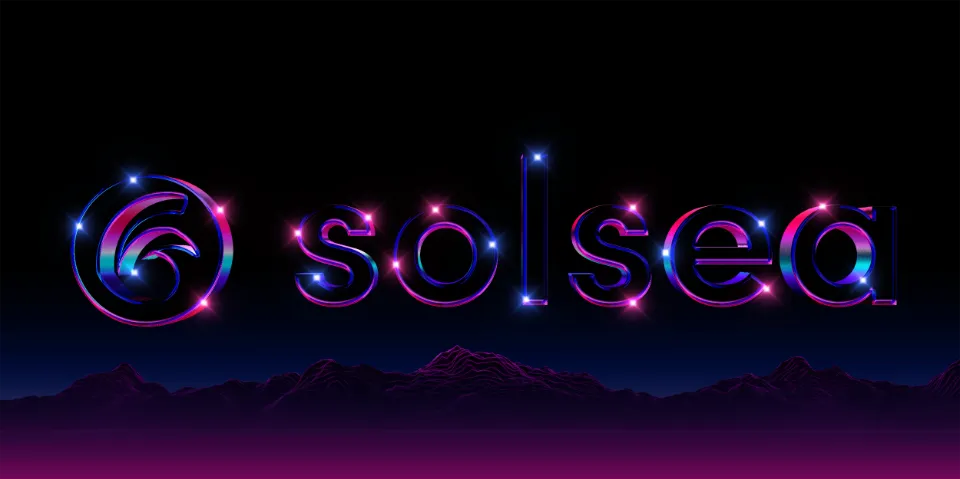
On the Solana network, Solsea is an open NFT marketplace. Because the first NFT marketplace on Solana to allow creators to encode copyright licenses directly into their NFTs is a significant milestone. Apart from SOL – the primary token of Solana – another distinctive aspect of Solsea is its compatibility with different currencies such as USDT and USDC.
With Solsea’s calendar feature, you’ll never miss a project’s planned releases. Base Markets, ALL.ART Circle, and Meta Waifus are among the NFT works by Solsea. The first Virtual NFT art fair of its kind, Solsea’s First 100 presents the creations of pioneers and early adopters.
Solsea can determine the rarity rank for NFT collections because it has an integrated NFT minting system with embedded licensing. This NFT market is constantly updated with fresh choices. It can also help with other services, such as pocket finance through FXT-pay and Moonpay.
The marketplace levies a 3% transaction fee on each transaction. Creators are also free to set their prices for their work.
Pros & Cons of SolSea
Pros:
- SolSea is the first NFT marketplace that permits creators to select and incorporate their licenses while minting their NFTs. While collectors are aware of the items they want to buy, creators on the market are aware of what they sell.
- The marketplace is the first minting platform to give creators the option of embedding their copyright licenses into their NFTs as they are being produced.
- Participants can conduct business, such as uploading their collection to the platform, without any hiccups thanks to SolSea’s streamlined and simple-to-use user interface.
- For transactions on the marketplace, SolSea supports a number of cryptocurrencies, including USDT, SOL, and USDC.
- The platform currently charges a 3% marketplace fee for each transaction, which reflects the extremely low volume of transactions.
- For fully minted and verified collections, SolSea determines scores, trait statistics, and rarity ranks. It also provides buyers with a lot of useful information.
- Creators can choose to list their NFT sales on the marketplace as either private or public and private listings for customers who want a more exclusive buying experience.
Cons:
- It can frequently be difficult and complicated for both creators and collectors to get your collectibles verified on the market.
- There have reportedly been instances of fake collections on the website, like Degenerate Ape Academy, etc., that are not listed on the actual website.
What is Solanart?
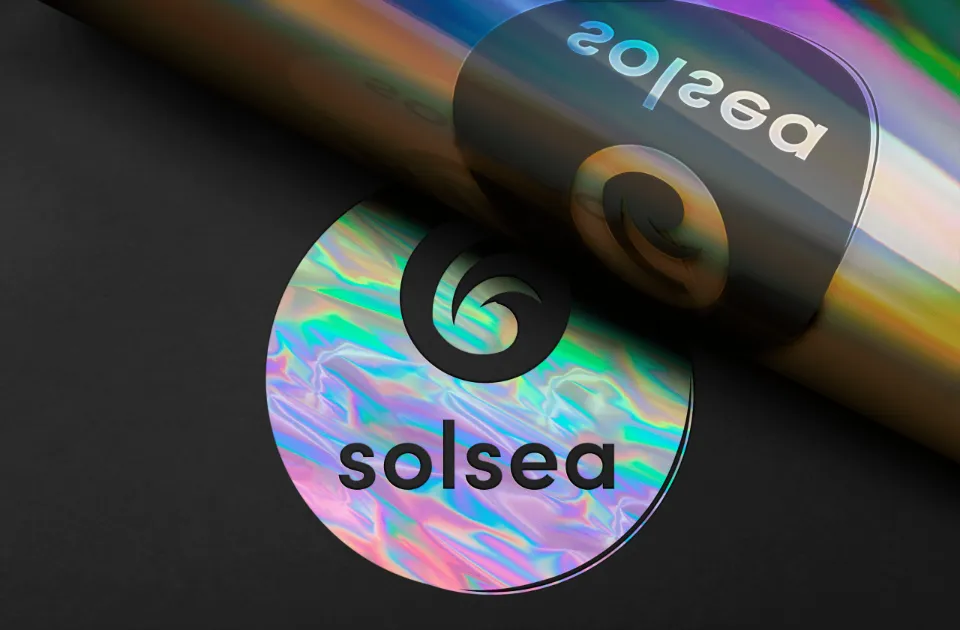
This marketplace is the first fully-fledged NFT marketplace on Solana. Degen Ape Academy, SolPunks, and many other early NFT ventures have their roots there as well. Connect your Sollet, Phantom, or Solflare wallet to get going. You can browse the projects that have been posted on the homepage and use those to buy or sell NFTs.
The marketplace software keeps NFTs on a temporary account when they are offered for sale. After all, once the seller has paid the SOL amount, they are sent to the buyer who purchased them. Aside from the creator’s cost, the marketplace receives a commission of 3 percent from each sale. A listing fee of 0.02 percent is additionally charged.
You’ll be glad to know that Solanart has a strict collecting policy to protect you against fraud as a new marketplace user. The Solanart team double-checks every collection’s accuracy before it is added to the platform.
Pros & Cons of Solanart
Pros;
- It has the most extensive selection of Solana NFTs available that you won’t find in other Solana Marketplaces.
- Solanart gives market creators the freedom to choose the price they will charge for each of their collections on the website.
- Participants in the market place can tokenize their digital assets and sell their digital ownership certificates.
- Aurory, Solpunks, Degenerate Ape Academy, and Galactic Gecko Space Garage are just a few of the well-known and authenticated NFT collections available on the market.
- Comparatively speaking, Solanart’s transaction fees, which are set at 3% per transaction, are very reasonable.
- With the network processing more than 65,000 transactions per second, Solanart processes a large number of transactions at a record-breaking rate.
- uses historical evidence to verify and protect each transaction from fraud.
Cons:
- As compared to other NFT marketplaces, Solanart has fewer NFT collections to choose from.
- The majority of NFT collections available on Solanart are not accepted on other NFT marketplaces, which limits buyers to using the Solanart marketplace.
SolSea Vs. Solanart
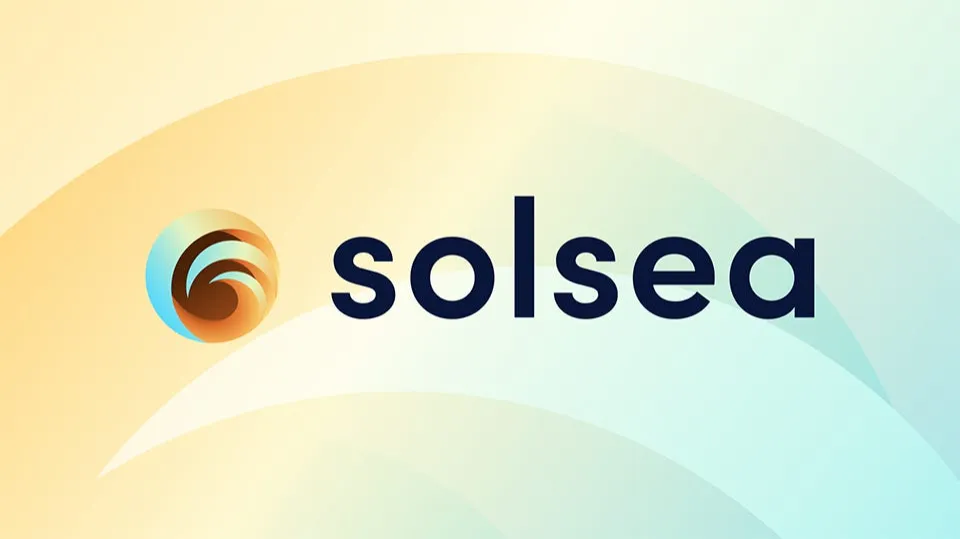
The first NFT marketplace to be launched on the Solana network, SolSea, enables producers and collectors to produce and market their NFTs. The website introduced the first NFTs with SPL token compatibility and rarity ranks that weren’t available on the Solanart marketplace. The website offers airdrops for upcoming projects and lets users schedule ahead of time so they don’t miss out.
Their collections include All.ART Circle, base markets, Meta Waifus, etc. The marketplace hosted the SolSea “First 100”, the first A pioneers and early adopters were featured at the NFT Art Fair.
On the other hand, Solanart is the most popular NFT marketplace on the Solana blockchain. Solana-based NFTs can be minted, bought, sold, and traded on the platform by both creators and collectors. Solanart charges an average of 3% per NFT sale on the website, which lets creators specify their own fees.
Solanart does not yet have its own token, but the website has said it will do so in the future and will give early adopters airdrops when it does so. According to data taken from DappRadar, Solanart has generated over $500 million in trading volume since its launch in June 2021. The website is powered by more than six different technologies, including Google Apps for Business, IPv6, and SPF.
Despite their differences, both marketplaces have some things in common, like the fact that they were both launched on the Solana blockchain. Both markets support mostly Solana-based NFT collections and have relatively low gas fees. The platforms operate with lightning-fast transactions.
Conclusion
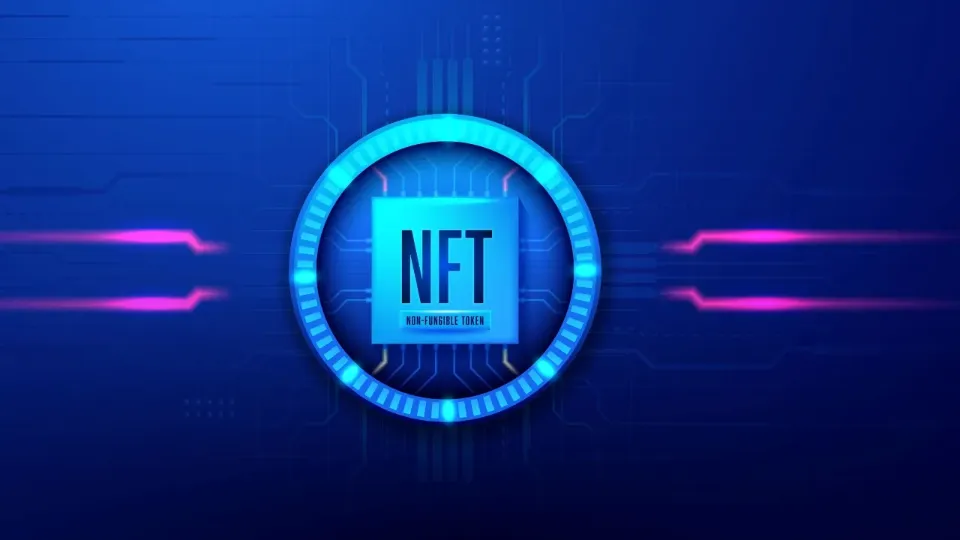
NFTs and cryptocurrencies have come to stay. SolSea and Solanart are two NFT marketplaces that creators and collectors can use for their transactions if they want to make the most of the NFT market. As x-rayed above, each marketplace has particular traits and qualities that are distinctive. To reduce the risks of fraud and other negative outcomes in this constantly changing industry, it is crucial to conduct thorough analysis before entering into any transactions.
FAQs
Which is Better Solsea Or Solanart?
This is dependent upon your goals. Take advantage of Solanart if you want to profit from your NFTs. However, choose Solsea if you want to be exposed to the crypto community.
What is the Main Difference Between SolSea and Solanart?
On the Solana blockchain, Solanart is hosting a sizable portion of the biggest NFT projects. Solsea, on the other hand, is a relatively new marketplace, and as a result, it is currently lagging in terms of project development.
Which Wallet is Better for Solana?
Solana is one of many cryptoassets supported by Exodus, a non-custodial software wallet. This wallet has an easy-to-use interface which makes it one of the best Solana wallets for beginners. The non-custodial Exodus wallet has an intuitive user interface and supports over 290 digital assets.

